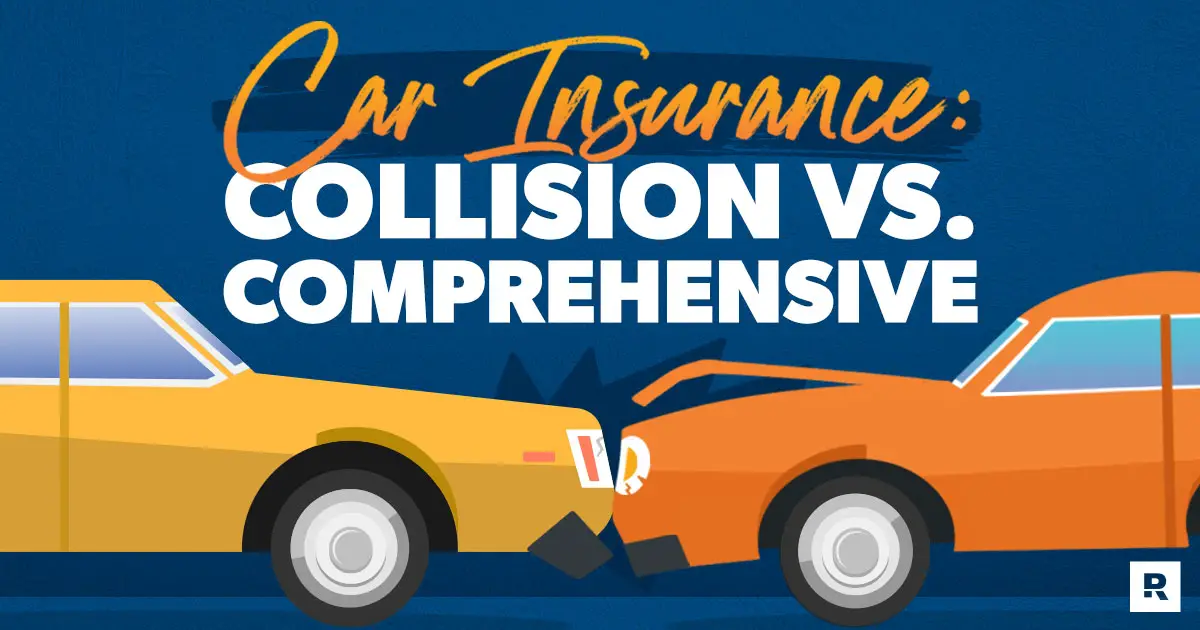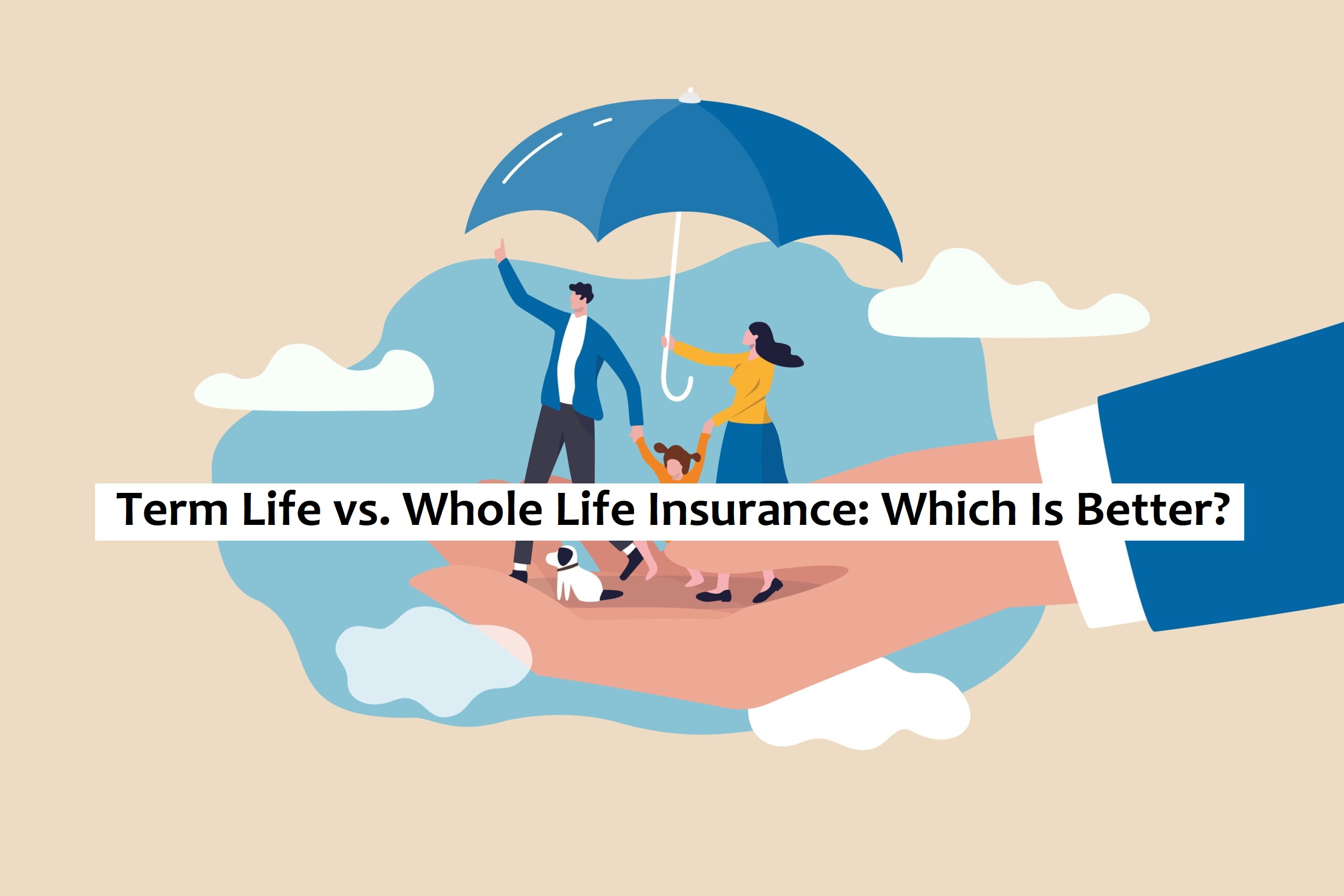Life insurance is a critical part of any long-term financial plan. It provides peace of mind that your loved ones will be financially protected in the event of your untimely passing. But one of the most common questions people ask is: How much life insurance do you really need? Determining the right amount of coverage depends on a variety of personal, financial, and familial factors. In this in-depth guide, we will explore how to assess your insurance needs, what influences the cost, and how to choose the right policy.
Understanding the Purpose of Life Insurance
Life insurance is designed to provide a financial safety net for your beneficiaries. Its primary functions include:
- Replacing lost income
- Paying off debts such as mortgages or car loans
- Covering daily living expenses
- Funding future needs like college tuition
- Covering final expenses (funeral and medical bills)
- Providing estate or inheritance support
The goal is to ensure your family can maintain their quality of life and meet financial obligations if your income is no longer available.

Types of Life Insurance
Before calculating the amount of coverage you need, it’s essential to understand the two main types of life insurance:
Term Life Insurance
- Offers coverage for a specific period (10, 20, or 30 years)
- Generally more affordable
- Pays a death benefit if the policyholder dies during the term
Permanent Life Insurance
- Includes Whole Life, Universal Life, and Variable Life policies
- Covers you for your entire life
- Typically includes a cash value component that grows over time
Each type has its pros and cons, and the amount of insurance you need may vary based on which type you choose.
Step-by-Step Guide to Determining How Much Life Insurance You Really Need
1. Calculate Your Financial Obligations
Start by listing all your current and future financial responsibilities:
a. Outstanding Debts
- Mortgage balance
- Credit card debt
- Car loans
- Personal loans
b. Income Replacement
- Multiply your annual income by the number of years your dependents will need support
- Consider inflation and potential raises
c. Education Expenses
- Estimate tuition and other costs for each child
d. Final Expenses
- Funeral costs average between $7,000 and $12,000
- Include medical bills and legal fees
Total Financial Needs = Debts + Income Replacement + Education + Final Expenses
2. Subtract Existing Assets and Insurance
Now calculate the resources your family could rely on if you passed away:
- Savings and investments
- Existing life insurance
- Retirement accounts (401k, IRA)
- Real estate equity
Net Insurance Need = Total Financial Needs – Existing Assets
3. Use the DIME Method
The DIME method is a popular formula to assess life insurance needs:
- Debt: Total debts plus funeral expenses
- Income: Multiply your income by the years your family will need support
- Mortgage: Outstanding balance
- Education: Future college costs
Add these four categories to get a rough estimate of your insurance needs.
4. Consider Future Life Changes
Your insurance needs change over time. Consider:
- Growing family
- Career changes
- Buying a new home
- Starting a business
- Changes in health
Review your policy every few years or after major life events.
5. Factor in Inflation
A death benefit that seems sufficient today may not be enough in 10 or 20 years. Assume an average inflation rate of 2-3% and adjust your coverage accordingly.
6. Don’t Forget Stay-at-Home Parents
Even if one partner does not earn an income, their contributions (childcare, transportation, housekeeping) have significant economic value. Insurance for a non-working spouse ensures funds are available to replace these services.
Common Rules of Thumb (and Their Pitfalls)
Many experts suggest a quick estimate like 10 to 12 times your annual income. While this can be a useful starting point, it doesn’t account for individual circumstances like debt, number of dependents, or lifestyle.
Pros:
- Quick and easy estimate
- Helps initiate the conversation
Cons:
- Ignores detailed financial obligations
- May result in over- or under-insurance
Tools and Calculators
Use online life insurance calculators for a more tailored estimate. These tools typically ask for:
- Income
- Age
- Debts
- Number of dependents
- Expected future expenses
Several reputable insurance providers and financial planning websites offer free calculators.
Cost of Life Insurance
Once you know how much coverage you need, understand the factors that influence your premium:
Age and Health
- Younger and healthier individuals get lower rates
Gender
- Women often pay less due to longer life expectancy
Smoking Status
- Smokers pay significantly higher premiums
Policy Type and Term
- Term life is cheaper than permanent
- Longer terms cost more
Lifestyle and Occupation
- High-risk jobs or hobbies (e.g., skydiving, deep-sea diving) can increase premiums
Coverage Amount
- More coverage equals higher premiums
How to Choose the Right Policy
Term Life Insurance is Best When:
- You want affordable coverage
- You have temporary financial obligations (e.g., a 20-year mortgage)
Permanent Life Insurance is Best When:
- You want lifelong coverage
- You seek cash value accumulation
- You want to leave a guaranteed inheritance
Consider Riders for Additional Coverage:
- Accelerated death benefit: Access part of the benefit in case of terminal illness
- Child rider: Covers your children under your policy
- Waiver of premium: Skips payments if you become disabled
When to Reevaluate Your Coverage
Life is constantly evolving. Reassess your life insurance policy when:
- You get married or divorced
- You have or adopt a child
- You buy a house
- You change jobs or start a business
- Your children become financially independent
- You retire
Adjust your policy to ensure it aligns with your current goals and obligations.
Talking to a Financial Advisor
While it’s possible to estimate your needs on your own, a certified financial planner or insurance advisor can provide:
- Detailed needs analysis
- Policy comparison
- Tax strategy advice
They can help you find the right policy from a trusted insurance carrier and ensure you’re not over- or underinsured.
Life Insurance for Business Owners
If you own a business, your life insurance needs expand:
- Protect business partners with a buy-sell agreement
- Cover outstanding business debts
- Ensure continuity for employees and clients
- Consider key person insurance for indispensable employees
Your personal and business coverage should be evaluated separately.
Final Thoughts: Finding the Right Balance
So, how much life insurance do you really need? The answer isn’t a fixed number. It’s a balance between providing sufficient protection for your loved ones and managing your budget. The key is to:
- Accurately assess your financial obligations
- Account for your assets
- Choose the right policy type and term
- Adjust your coverage as your life changes
By understanding your individual needs and planning accordingly, you can ensure that your family is well-protected, no matter what the future holds.
Frequently Asked Questions
Q: What is the minimum amount of life insurance I should have?
A: There’s no universal minimum, but you should at least cover your debts and final expenses. For most people, that means $100,000 or more.
Q: Is term life insurance enough?
A: Term insurance is often sufficient for most families, especially if your primary concern is income replacement during your working years.
Q: Should I get life insurance through work or buy my own?
A: Group life insurance is a good perk, but it may not be enough. It often covers 1-2 times your salary and isn’t portable. Consider supplementing with a personal policy.
Q: Can I have multiple life insurance policies?
A: Yes. You can have more than one policy to meet different needs (e.g., a term policy for income replacement and a permanent policy for estate planning).
Q: How often should I review my policy?
A: At least once a year or after major life changes like marriage, birth of a child, or buying a home.
If this article was informative also checkout: Do Renters Really Need Insurance
also checkout: Click Here



